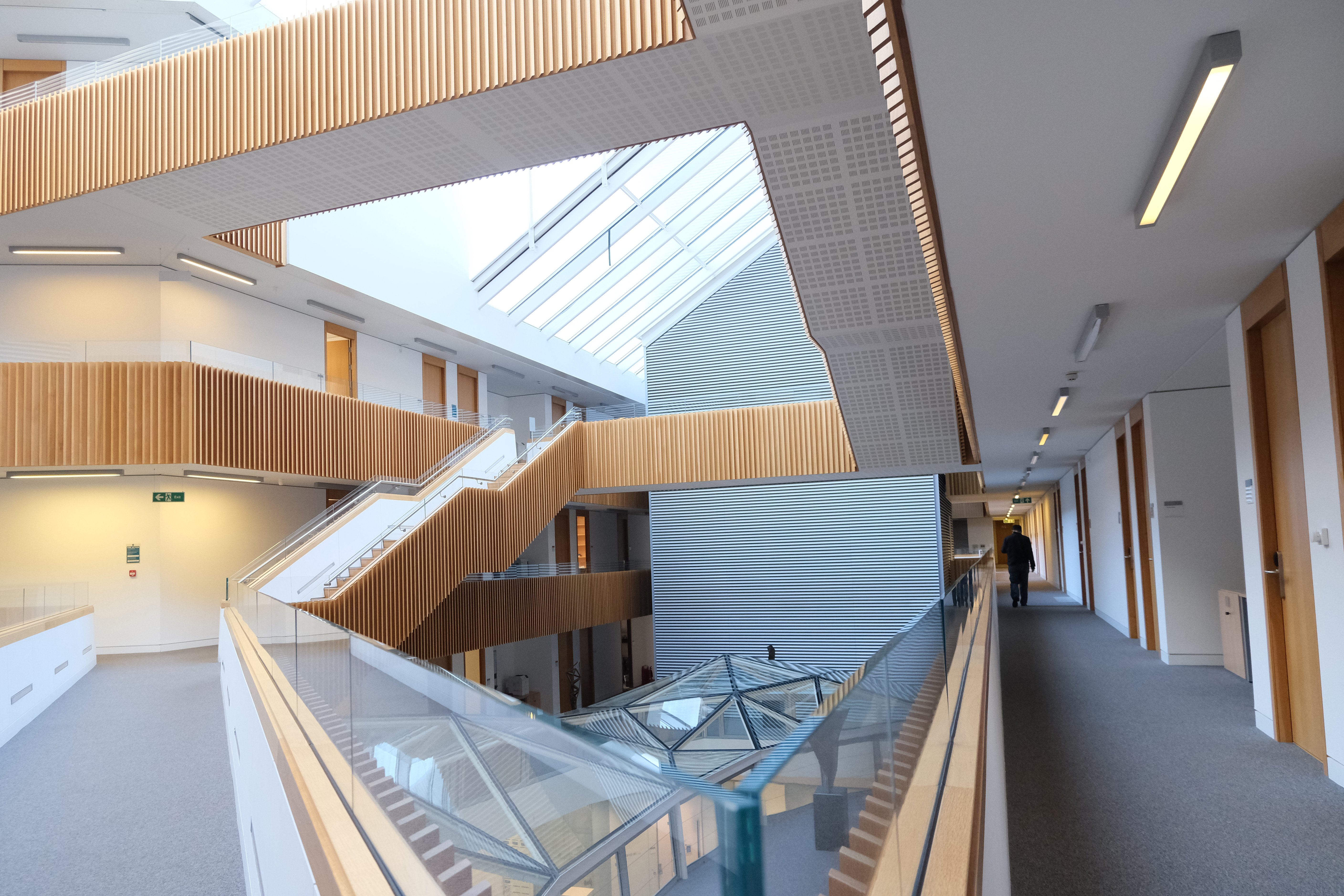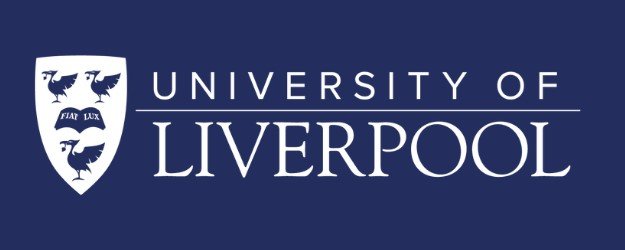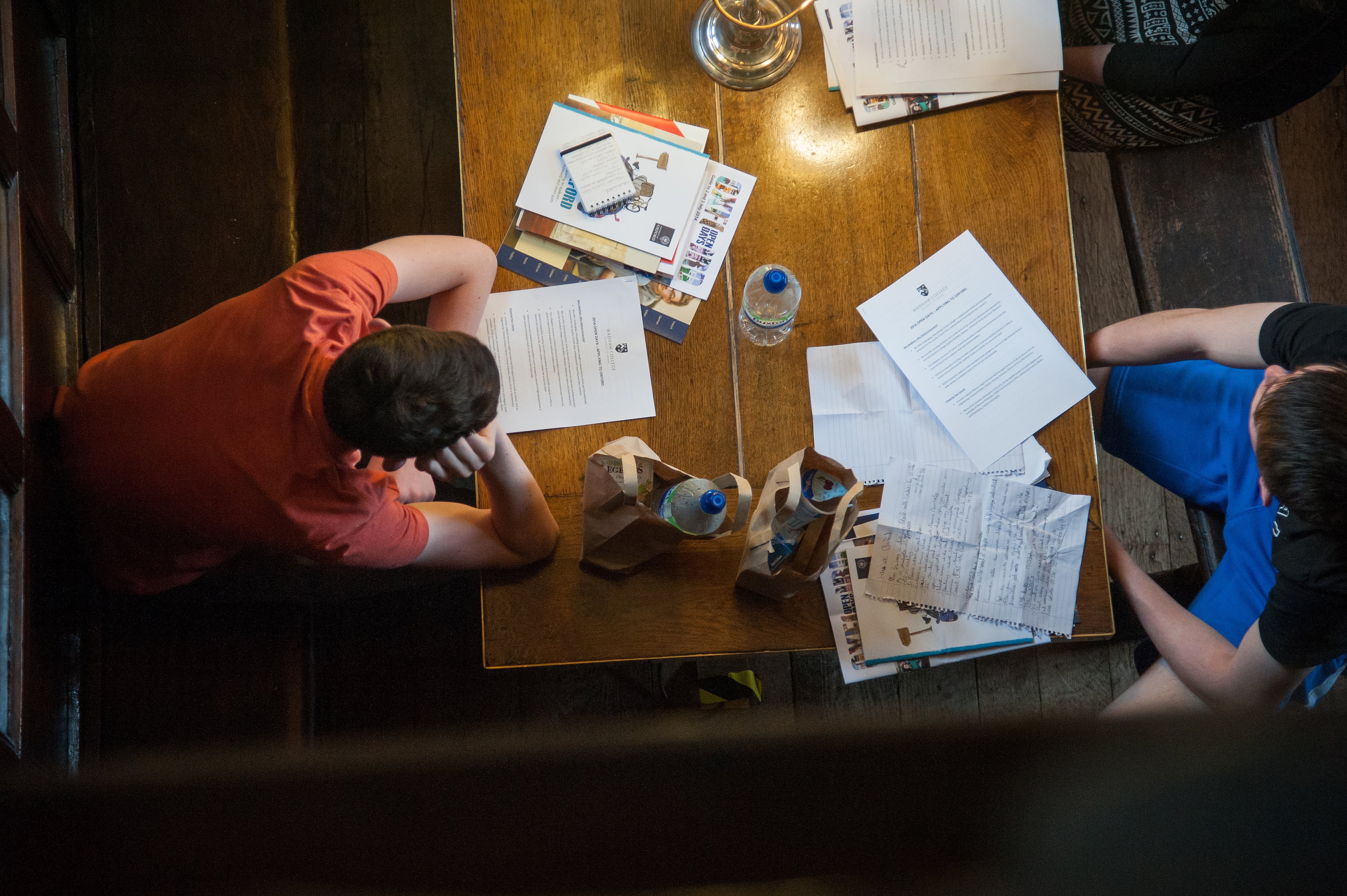Hello Oxford Maths students!
GSK is building a new team in their AI R&D department, lead by a fellow Oxford MMath alumnus. Join us in the very fast-growing space of pharmaceutical finance and answer important questions like “How can we optimise our capital allocation for the development of essential medicines and vaccines? What level of risk can we afford to take given our budget? What can historical data tell us about the uncertainty in clinical trial outcomes?”
 Fridays@2 continues in L1 this week with: Where does collaborating end and plagiarising begin? (https://www.maths.ox.ac.uk/node/70563)
Fridays@2 continues in L1 this week with: Where does collaborating end and plagiarising begin? (https://www.maths.ox.ac.uk/node/70563)
For those of you (all?) who follow our social media we have now joined Bluesky as 'oxfordmathematics', though we are not leaving X as we don't want to abandon nearly 70,000 followers.
We haven't posted on Bluesky yet, not least because much of our content is now video and Bluesky has a small video file size. But we will.
Warwick Mathematics Institute, University of Warwick
24-25 April 2025
Registration open until 28 March
14:00
Multilevel Monte Carlo Methods with Smoothing
Abstract
Parameters in mathematical models are often impossible to determine fully or accurately, and are hence subject to uncertainty. By modelling the input parameters as stochastic processes, it is possible to quantify the uncertainty in the model outputs.
In this talk, we employ the multilevel Monte Carlo (MLMC) method to compute expected values of quantities of interest related to partial differential equations with random coefficients. We make use of the circulant embedding method for sampling from the coefficient, and to further improve the computational complexity of the MLMC estimator, we devise and implement the smoothing technique integrated into the circulant embedding method. This allows to choose the coarsest mesh on the first level of MLMC independently of the correlation length of the covariance function of the random field, leading to considerable savings in computational cost.
Please note; this talk is hosted by Rutherford Appleton Laboratory, Harwell Campus, Didcot, OX11 0QX


 A PhD position is available within the Department of Mathematical Sciences at the University of Liverpool. Applications are welcome from all areas of mathematics, and we particularly encourage applications from those interested in probability.
A PhD position is available within the Department of Mathematical Sciences at the University of Liverpool. Applications are welcome from all areas of mathematics, and we particularly encourage applications from those interested in probability.  A reminder that prelims corner is taking place every Monday at 11am in the South Mezzanine!
A reminder that prelims corner is taking place every Monday at 11am in the South Mezzanine!